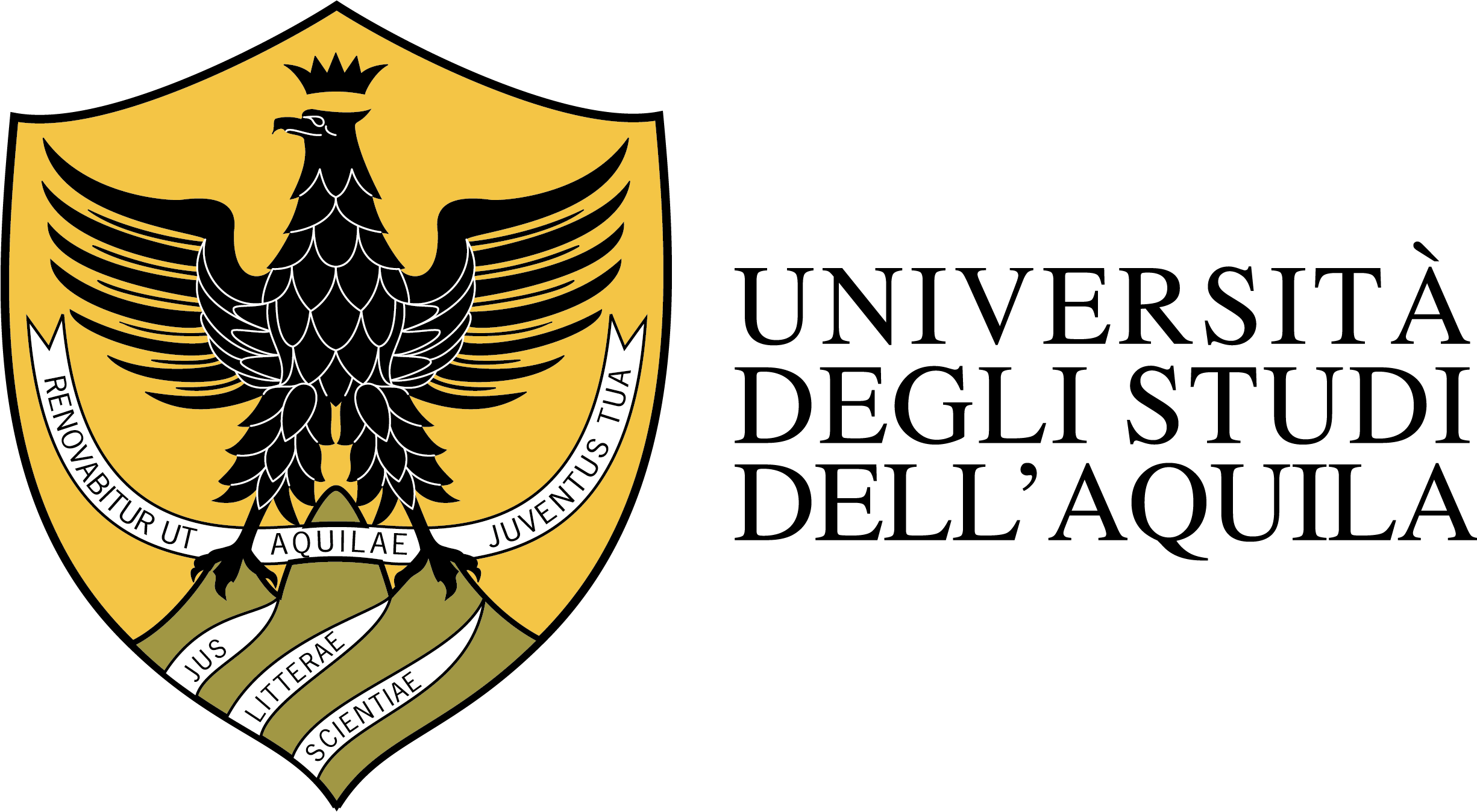Francesco Lorenzo Villante
|
Nome: Francesco Lorenzo
Cognome: Villante Qualifica: Professore ordinario Settore Scientifico Disciplinare: FIS/01 (Fisica Sperimentale) Struttura di afferenza: Dipartimento di Scienze fisiche e chimiche Email: francescolorenzo.villante Telefono Ufficio: 0862433045 |
| Insegnamento | Orario di ricevimento |
|---|
Curriculum scientifico
(Aggiornato il 12/01/2023) versione stampabile (pdf)
versione stampabile (pdf) Francesco Lorenzo Villante is Full Professor ("Professore Ordinario") in Nuclear and Subnuclear Physics at the University of L'Aquila, Italy, where he is involved in theoretical and phenomenological research activities in neutrino and astroparticle physics.
He got his Master (Laurea) in Physics cum laude at the University of L'Aquila (1996). He received the PhD in Physics in 2000 at the Univ. of Ferrara. After that, he got a postdoc fellowships at Univ. of Ferrara till 2002. He became staff Researcher (Ricercatore) in Nuclear and Subnuclear Physics in 2002 at Univ. of Ferrara. He moved in 2007 at University of L'Aquila where he initially maintained the position of staff Researcher. He became Associate Professor in 2015 and Full Professor in 2022 at University of L'Aquila.
Within the University of L'Aquila he is member of "collegio docenti" for the PhD in Physics and Chemistry. He was member the "Commissione Ricerca" of the Physical and Chemical Science Department (from 2018 to 2022) and of the "giunta della Commissione di Area didattica (CAD)” (from 2013 to 2018) as representative of the entire Astroparticle Physics area. Moreover, he was a member of the committee (6 persons) that organized the restart of the activity in the Physics Department after the earthquake (Mw 6.3) of 06 April 2009 that destroyed the city of L'Aquila (Italy). He was the tutor of more than 30 students in University of L'Aquila and Ferrara (including laurea triennale, magistrale, vecchio ordinamento and PhD).
Outside the University of L'Aquila, he is coordinating the Theory Group ("Linea Scientifica IV") of Gran Sasso National Laboratories (LNGS) since 2020. He has been the local responsible of the INFN-working groups "Theoretical Astroparticle Physics" (from 2013 to 2021) and "Inflation, Dark Matter and Large Scale Structure of the Universe" (2008-2013). He served as member of the Scientific Board of Center for Astroparticle Physics of LNGS (2012-2015). He has acted as referee or committee member for INFN grants and has been opponent for several PhD students' theses.
He has published about 100 papers (including refereed articles and conference proceedings), with high impact on the scientific community. From the InSPIRE database: ~ 3900 cites total; one paper > 250 cites; tem papers with >100 cites; average number of citations per paper: ~ 40 ; Hirsch index h=29. He is often called to talk about his research in various institutions in Italy and abroad, delivering on the average 2-3 invited talks/year in the most important international Conferences and Workshops. His research activity is devoted to a wide spectrum of topics in Astroparticle Physics including: neutrino physics and neutrino astronomy; cosmology (BBN, CMB, dark matter); solar and stellar physics. Some of the main results are:
Neutrino physics and astronomy: - the discussion of the implications of helioseismic and solar neutrino data on solar properties and on physics beyond the Standard Model; - the calculation of a new generation of Standard Solar Models (the B16-SSMs considered as a reference by the scientific community) and the development of a linearized approach to calculate the properties of the Sun; - the analysis of uncertainties in atmospheric neutrino flux calculations and the use of atmospheric muons to benchmark the various calculations; - the discussion of the implications of the present and future neutrino telescopes data; - the calculation of the high neutrino fluxes emitted from the galactic disk and from individual SN remnants;
Cosmology (BBN, CMB, dark matter): - the analysis of the cosmological implications of a mirror sector of particles and interactions and the suggestion that mirror baryons are a viable dark matter candidate; - the study of Big Bang Nucleosynthesis and the development of semi-analytical method to calculate theoretical uncertainties and compare with observational data; - the calculation of Faraday rotation effect on the CMB polarization; - the study of active-sterile neutrino oscillations in the early universe;
His research and ideas were influential also for the activity of major experiments in related areas. In particular, he proposed: - (in 1998) the method of analysis that was used by SNO collaboration in 2001 to obtain the first historical model-independent evidence of solar neutrinos oscillations and the first modelindependent determination of the 8B solar neutrino flux; - (in 2011) the method of analysis that was used by Borexino to measure the CNO solar neutrino flux in 2020. He started collaborating with Borexino in 2012 (he was among the founders of CNO solar neutrinos Working Group in Borexino) contributing to this important measure that was included among the Top 10 Breakthroughs in 2020 by Physics World and was awarded with the Cocconi Prize for Astroparticle Physics of the European Physical Society;


